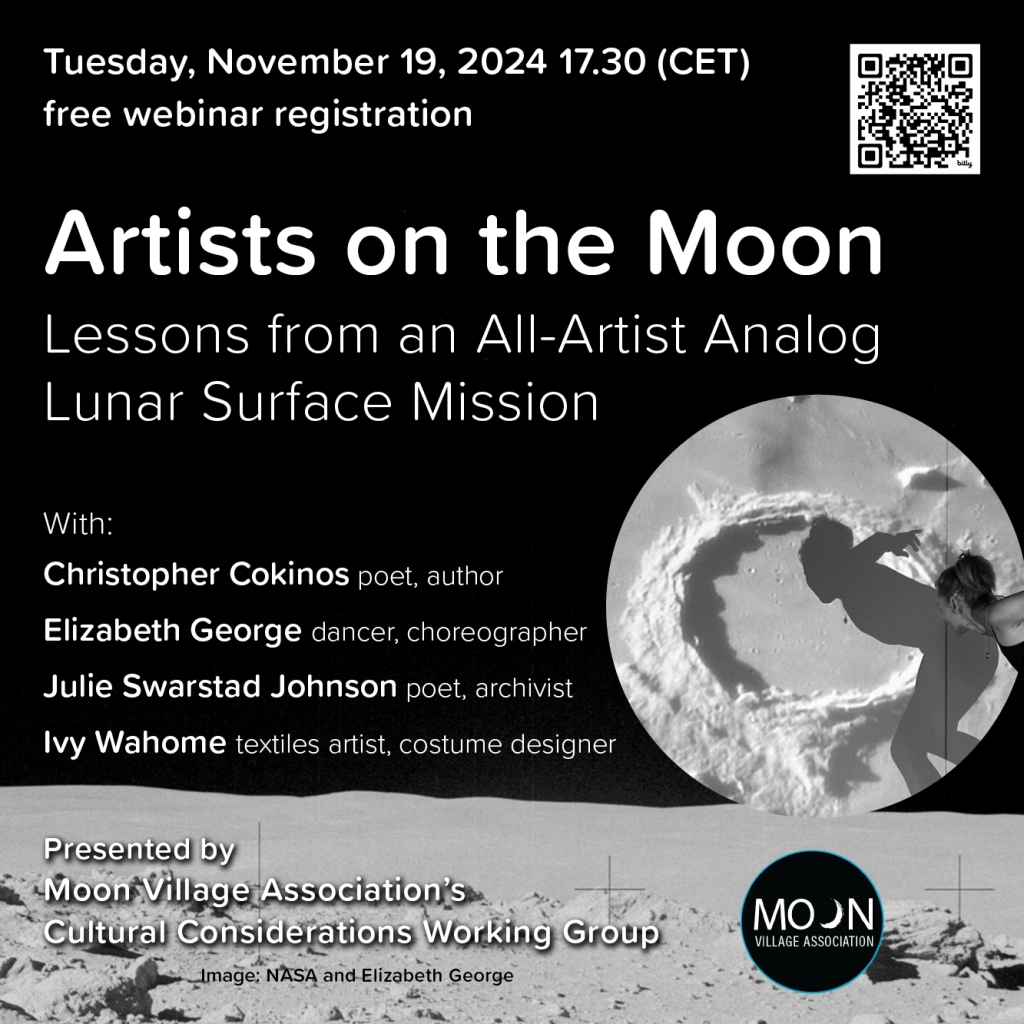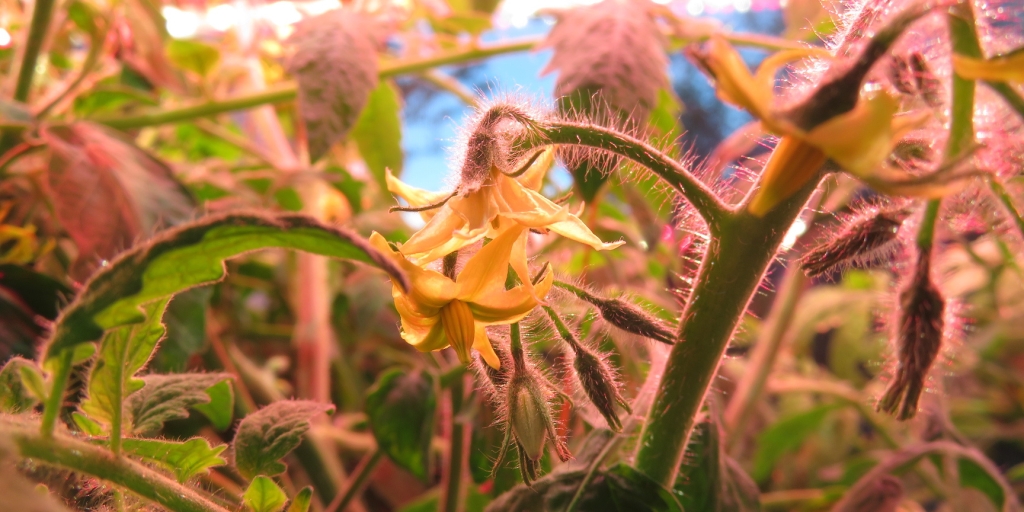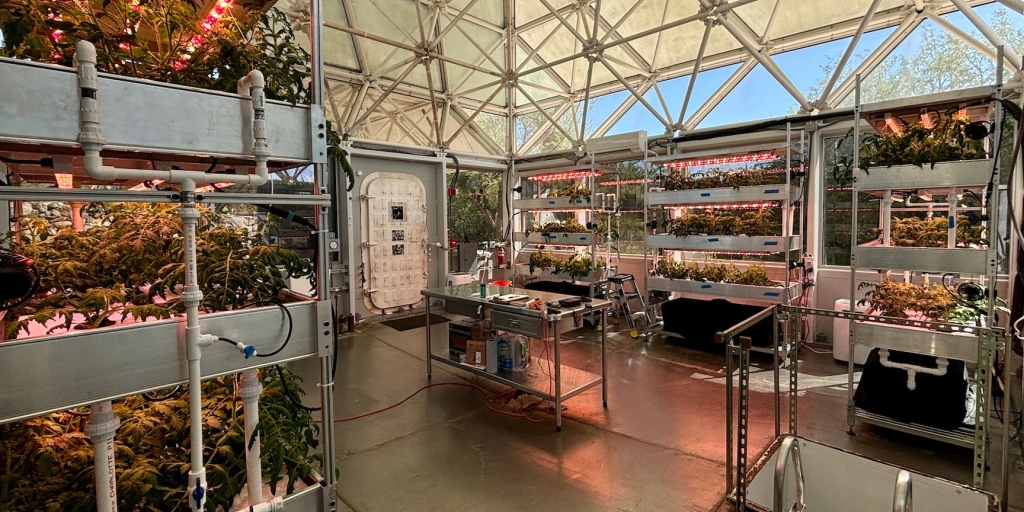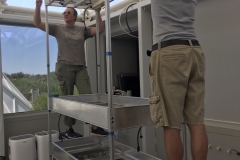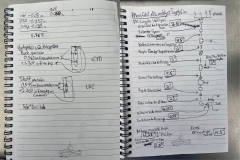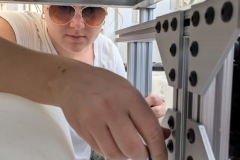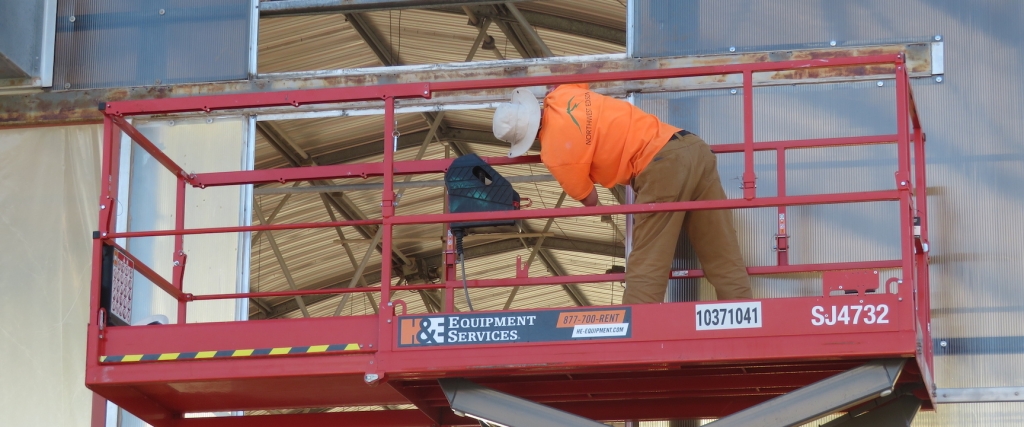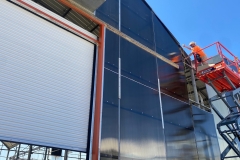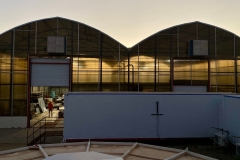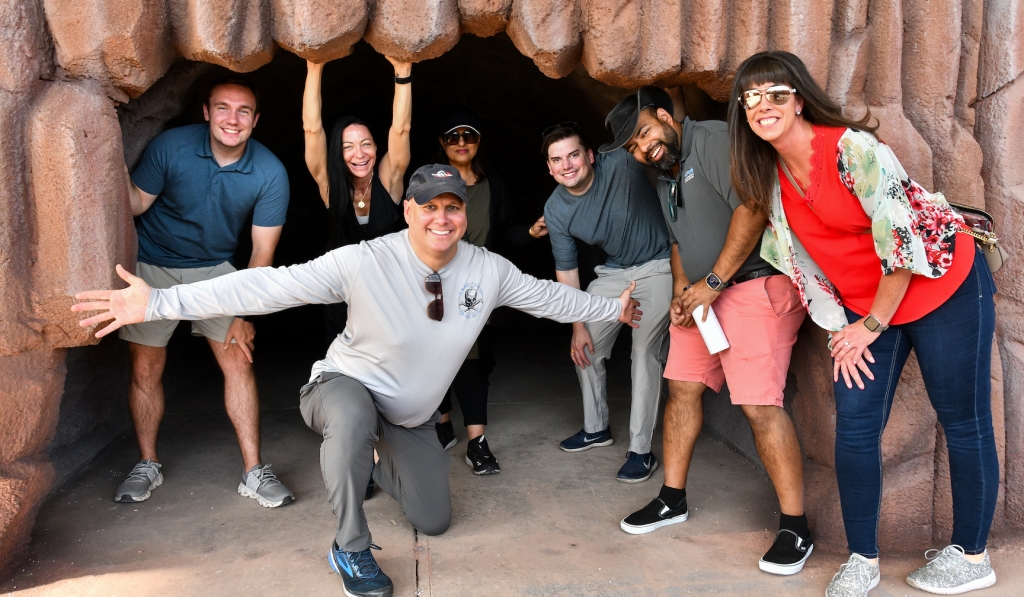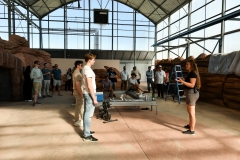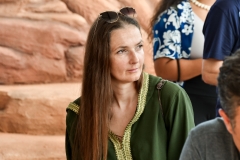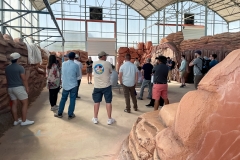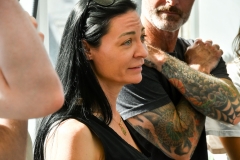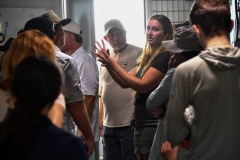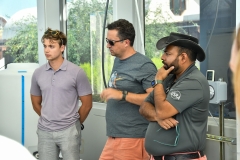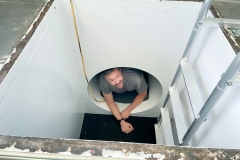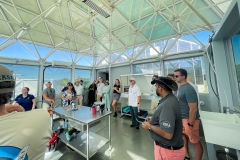With the close of 2024
The SAM Team has this fall sustained a rigorous forward progress. Unlike the prior three years of design, development, and fabrication, this semester has seen us developing programs and collaborations as much as physical structures. This growth is welcomed, but it has also broken the tradition of weekly updates in the form of photo essays to this blog site.
As such, until those stories can be built, backdated, and posted, here is a quick summary.
- We have returned to the process of leak detection and patching in order to extend the time SAM can remain pressurized without adding air, for those missions that desire to operate in Mode 3.
- Dr. Sean Gellenbeck, Luna Powell and Matthias Beach, have moved into the construction of an automated hydroponics nutrient management and delivery and light control for the SAM hydroponics system. The Campbell Scientific system is now installed, with programming slated for late January into February. Project leadership transitions to graduate student Atila Meszaros with the start of this spring 2025 semester.
- A new CO2 scrubber research facility is being constructed between the Crew Quarters and the Air Intake Room (SAM AIR) to close the loop. To be built on a licensed NASA patent with NASA veteran Dr. James Knox as the model lead (since February 2024) for our team.
- The SIMOC Live team continues to evolve and improve this portable, ad hoc network air quality monitoring and model validation system built on open source software and the combination of Raspberry Pi computers and Adafruit sensor boards.
- The Mars yard gravity offset rig is being rebuilt from welded aluminum with a transition from static climbing rope to braided steel cable for the suspended counter weight system for a tighter, more static and responsive system with less inertial lab.
- During the months of November and December Dr. Cameron Smith and Kai Nevers with assistance from Trent Tresch, Ivy Wahome, and Matthias Beach designed, fabricated, and tested an emergency inflatable shelter for Mars. This functional prototype is now housed at SAM with a handful of potential patents already in motion. Photographs and blog entries will be posted as soon as the IP is more fully defined. Stay tuned!
- Dr. Bindhu Oommen and Kai Staats, MSc are leading the design, development, and fabrication of an full-featured surgical bay for installation at SAM. This future-looking project begins with a systematic, mathematical analysis of the urgency of a medical emergency, the capabilities of the surgical bay, and the distance from a more advanced facility if transport is required for the ultimate procedure. This project is now several months in motion, with a first-ever workshop held at Biosphere 2 and SAM January 17-19 with eight world-class surgeons joining in person to take this concept to the next level.
- Completing the remodel of Ops which was set back by a semi-major water flood this summer. Principal focus is on a fully functional kitchen, updates to the Mission Control Center, and hanging several prints to add a little color to the rooms.
- Phase I of a multi-year, multi-year research project, the very project for which SAM was built, begins as soon as the IRB approval is complete. This will see ten of the SAM team members each staying inside of SAM for 58 hours in order to monitor CO2 level rise in the sealed facility with no CO2 scrubber and no plants. Body mass, food intake, and activities will be recorded.
And that is just the beginning of what will prove to be the most exciting phase of developments at SAM in 2025!


